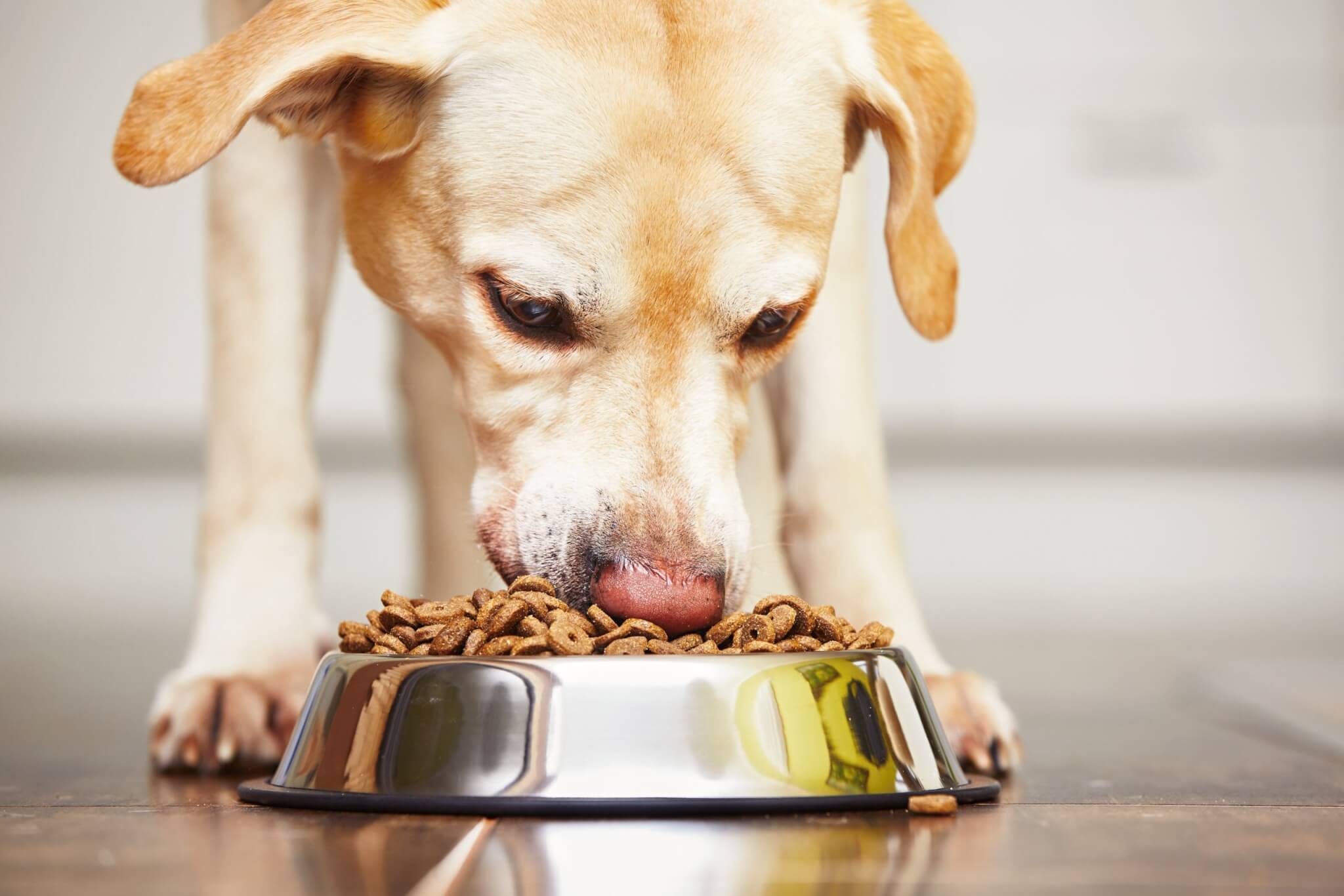Welcome to this comprehensive guide on pet food and its significance in ensuring optimal nutrition for our beloved furry companions. This article aims to delve into the various types of pet food available in the market and shed light on their profound influence on the health and well-being of our pets. By understanding the impact of different dietary choices, we can make informed decisions that will contribute to the longevity and vitality of our cherished animal friends. So, let us embark on this enlightening journey, exploring the world of pet food and its vital role in promoting pet health.
I. The Importance of Optimal Nutrition for Pets
In this section, you can delve into why optimal nutrition is crucial for pets. You can discuss the specific nutritional needs of pets, the impact of proper nutrition on their overall health, and common health issues that can arise from poor nutrition.
II. Different Types of Pet Food
This section will focus on the various types of pet food available in the market. You can discuss the following subheadings:
A. Dry Kibble
Under this subheading, you can explain the benefits of dry kibble, such as convenience and dental health benefits. You can also discuss the considerations pet owners should keep in mind when choosing dry kibble, such as the quality of ingredients and the pet’s specific dietary requirements.
B. Wet/Canned Food
Here, you can highlight the advantages of wet/canned food, such as higher moisture content and increased palatability. Discuss the factors that pet owners should consider when selecting wet/canned food, such as the quality of ingredients, the pet’s preferences, and any specific dietary needs.
C. Raw Food Diet
In this subheading, explain the concept of a raw food diet for pets, which involves feeding them uncooked meats, bones, and vegetables. Discuss the potential benefits and drawbacks of this diet, including improved digestion and potential risks of bacterial contamination. Provide guidance on ensuring safety and balanced nutrition when feeding a raw food diet.
III. Reading Pet Food Labels
This section will educate readers on how to read and understand pet food labels. Explain the different components of a pet food label, such as the guaranteed analysis, ingredients list, and feeding guidelines. Discuss key ingredients to look for in high-quality pet food, such as real meat sources and natural preservatives. Additionally, highlight the importance of avoiding harmful additives and fillers.
IV. Catering to Specific Dietary Needs
Under this heading, discuss the importance of considering specific dietary needs based on factors such as age and health conditions. Provide information on age-specific nutrition requirements for puppies, adult dogs, and senior dogs. You can also touch upon special dietary needs for pets with allergies, sensitivities, or medical conditions.
Conclusion:
In the conclusion, summarize the key points discussed throughout the article. Emphasize the significance of providing optimal nutrition to pets for their overall health and well-being. Encourage pet owners to make informed choices when selecting pet food and to consult with veterinarians for personalized dietary recommendations.
While some dog owners choose to prepare homemade meals for their furry companions, it’s essential to do so under expert supervision. Commercial dog food are specifically formulated to meet the nutritional needs of dogs and often undergo rigorous testing to ensure their safety. If you opt for homemade meals, ensure they are well-balanced and contain all the necessary nutrients.
